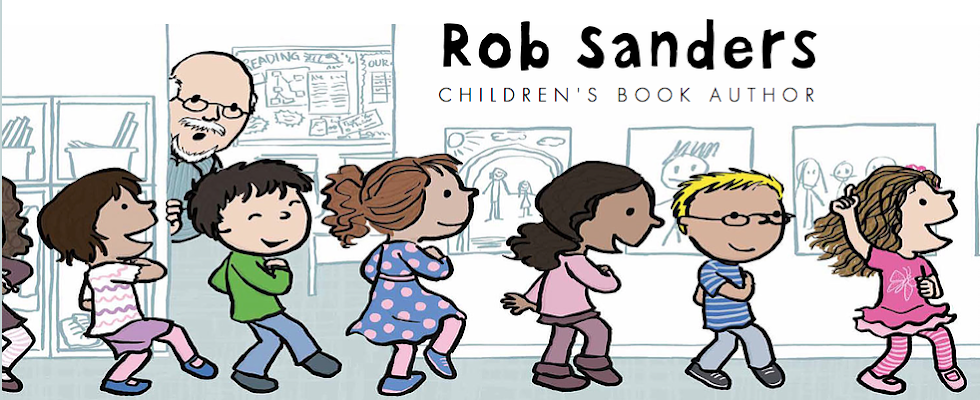Week of June 26—Reflections from SCBWI, Orlando
Thursday, June 30—Pacing—According to Alexandra and Humor—According to Alan
Alexandra Penfold gave a remarkable Powerpoint presentation that contrasted a storyboard and text acquired from an author/illustrator and the finished book. The changes that were made illustrated the many stages of revising the writer/illustrator did and what happens during the editorial process. Alexandra also used another Powerpoint presentation to illustrate pacing. If you’re lucky enough to ever hear Alexandra speak, I hope she shares these great presentations.
TIMING IS EVERYTHING—THE IMPORTANCE OF PACING IN A PICTURE BOOK
Alexandra shared Freytag’s pyramid to begin her presentation. I guess I slept through high school literature classes because I have no memory of ever seeing the pyramid. Whether you are using a three-act structure or not in your writing, stories follow this dramatic structure. THis structure creates a story. This structure is also what makes picture books different than magazine articles.
According to Alexandra, we read magazine articles and stories one time and are satisfied. We put the magazine down, and while we may remember the story, we aren’t compelled to read it again. Picture books have to be something people want to read and reread. Additionally, there has to be a compelling reason to bring the book home to begin with.
The pacing of the story should take the reader on a journey and make the journey a wonderful ride. Always remember the readers/listeners of picture books have short attention spans and the pacing should take that into consideration and make their reading/listening journies enjoyable.
Page turns are used to build drama.
Page turns are used to build drama.
Page turns are mini cliffhangers. According to Alexandra, some ways to develop cliffhangers via page turns are through punctuation (dashes and ellipses, for instance), through transition words (such as until, when, and), and by splitting compound words, revealing a surprise, or featuring a cause on one page and the effect on the following page.
Appeal to kids, but don’t offend adults.
—Alan Katz
Alan Katz, humorist, song writer, comedy writer, and picture book author, was a hit in Orlando. His presentation was entitled “What Makes Kids Giggle, Chortle, Guffaw, Snort, and Read?” Below are some of his tips for adding humor to your writing.
1. What Makes Kids Laugh?
Alan says the keys are: incongruity, puns, and the absolute ridiculous.
Alan says the keys are: incongruity, puns, and the absolute ridiculous.
2. Ask yourself “What if?”
What if the world was made of peanut butter?
What if mom had a clone?
The answers you find may be funny and may lead to a story idea.
The answers you find may be funny and may lead to a story idea.
3. Remember SNOT—Something Not Ordinarily Thought
To set up a joke, Alan suggested a four-line structure of Normal, Normal, Normal, Funny.
4. Don’t Be Condescending
Kids are smart. Let them in on the joke. Or even let them be ahead of the joke.
5. Never Insult
Funny does not mean insulting. Making fun of someone is never funny.
6. Appeal to Kids, But Don’t Offend the Adults
Remember that parents, teachers, and librarians buy the books that kids read and enjoy. To get the humor to the kids, you can’t offend the adults along the way.
7. Play with words
8. Break rules whenever possible
9. Remember to FART—Find A Real Toddler
In other words, think like a kid by being around kids. Remember, kids get oral puns before they can read and understand written puns.
10. Make An Inventory
When beginning to work with a topic/subject/idea, take an inventory of everything you know about the subject. (For instance, making a list of everything you know about swimming.) Then put the killer—the funniest thing—at the end of the story. (For instance, reveal that the character in the story who is afraid of swimming is a lifeguard.)
11. Make It Smelly
Kids favorite sense is the sense of smell. Use that sense and they will immediately relate and find the humor.
12. Don’t Be Afraid to Try New Forms and Genres
Alan has written picture books, developed aps, designed games, created Barbie collector cards, written comic books, and more. By experimenting with different forms and genres, he is able to reinvent himself and find new ways to use his humor.
It’s Your Turn!
1. When was the last time you laughed aloud when you read a picture book? Go to your local library or book store and put your hands on some Alan Katz’s books. I can guarantee you’ll laugh and you’ll learn more about including humor in your writing.
1. When was the last time you laughed aloud when you read a picture book? Go to your local library or book store and put your hands on some Alan Katz’s books. I can guarantee you’ll laugh and you’ll learn more about including humor in your writing.

No comments:
Post a Comment